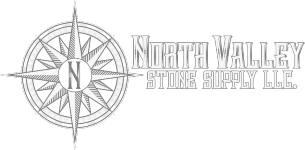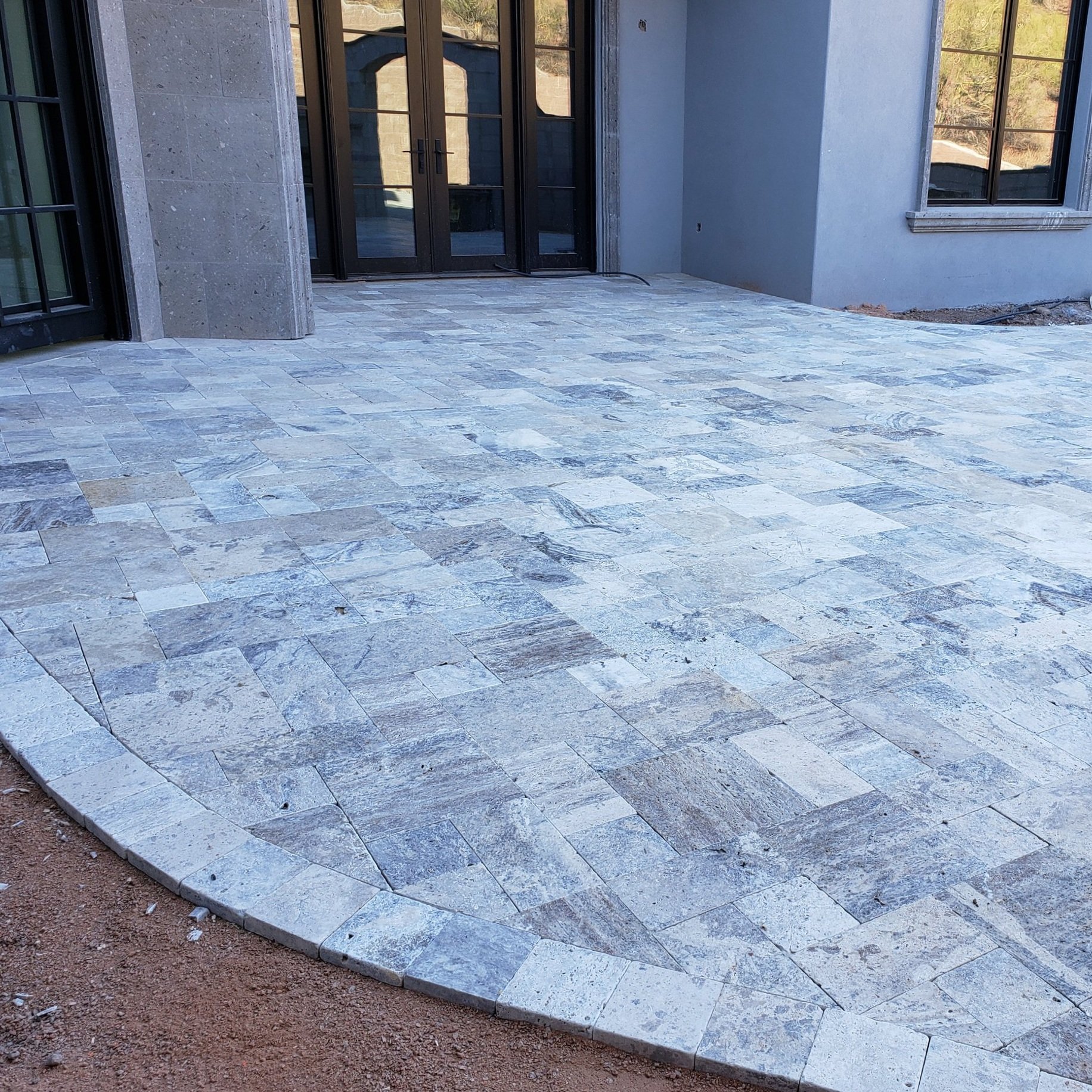Best Paver Sealing Techniques
Many homeowners seal their pavers to improve their look and longevity.
Pavers come in countless shapes and sizes. They not only help create an attractive landscaping design but facilitate getting around in the garden, too. Many homeowners seal their pavers to improve their look and longevity. Please keep reading to discover the best paver sealing techniques and a few tips to ensure success.
Why it’s essential to seal pavers
Natural stone, concrete, and brick may look all-withstanding. However, the powerful forces of nature and everyday use can cause wear and tear even on these durable materials. Sealing pavers minimizes the maintenance they will require. It prevents stains, helps protect the pavers’ original color from UV rays, and makes them resistant to water damage. It’s an investment that pays in more than just aesthetics.
Best paver sealing techniques
Sealing pavers poses unique challenges. Too little sealant won’t penetrate the pavers enough, while too much will pool in the paver joints. Taking a break in the process can lead to an uneven result, and outdoor conditions and debris can also interfere.
There are two ways to tackle this challenging task. First, check the sealant’s packaging to see the method suitable for the product. Nevertheless, here’s what you should know about both techniques.
Rolling technique
The rolling technique, often used on concrete, can also work for pavers. Smooth pavers require a 3/8 – 3/4-inch nap roller, while for textured pavers, look for a 1/2 – 3/4-inch nap one. The advantage of this technique is that it doesn’t require expensive equipment, but this comes at the cost of a more time- and labor-intensive task. In addition, it isn’t easy to control the amount of product that gets onto the pavers when using rollers. Rolling can also move a lot of sand and debris from the joints onto the pavers, so the result might not be flawless.
Spraying technique
Professionals generally recommend the spraying technique for paver sealing. Using a sprayer or entrusting experts with this task is faster and easier than rolling. This technique allows for an even application without excess product filling the gaps. The sprayer will seal the sand in the joints without moving them all over the pavers. The spraying technique can help achieve an attractively smooth, high-gloss look.
Keys for success
Paver sealing may seem straightforward, but it has several moving parts. Picking the correct technique is not everything.
For the best result, pavers must be cleaned thoroughly and left to dry before sealing. The weather also plays a decisive role: waking up to rain the morning after sealing the pavers can ruin all your efforts. Dry, sunny weather with a 50-90 F temperature is ideal.
Ensure the pavers’ longevity
Sealing pavers is a crucial step in their long-term maintenance. Pick the correct technique and tools for your pavers or call professionals to do the job efficiently.
North Valley Stone Supply LLC is a family-owned and operated company offering premium grade pavers, stacked stone, swimming pool tiles, and beach pebbles to Phoenix residents. We offer various delivery options for your convenience. Contact us today for a quote.

